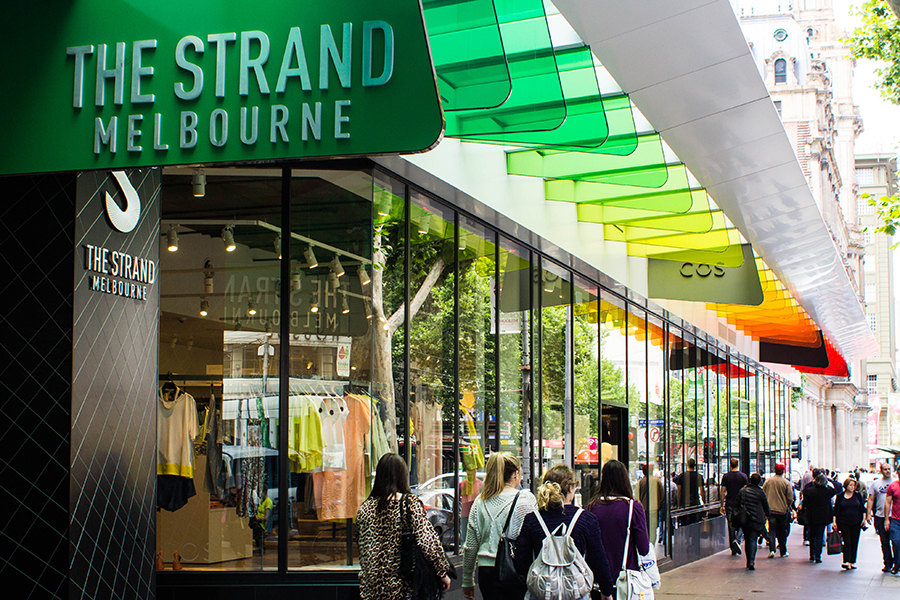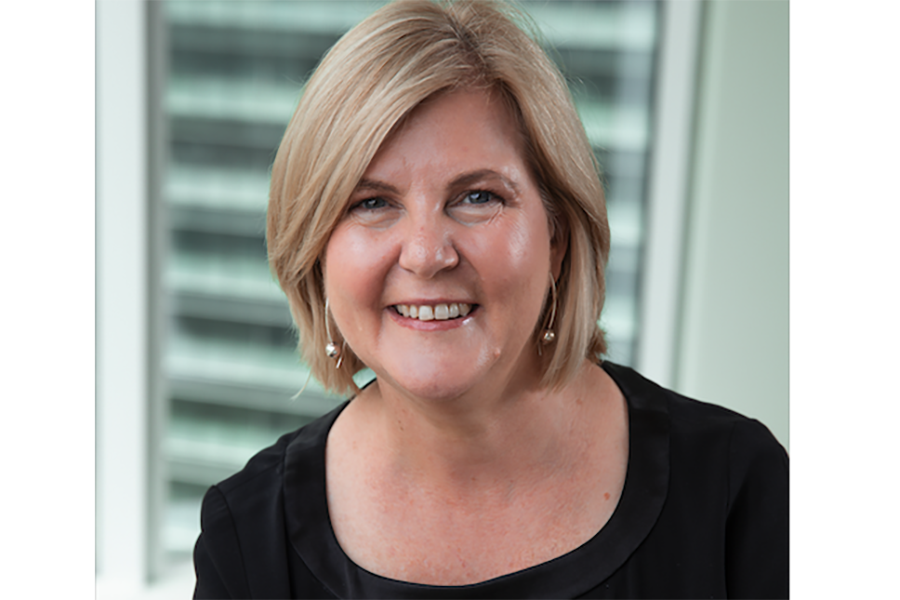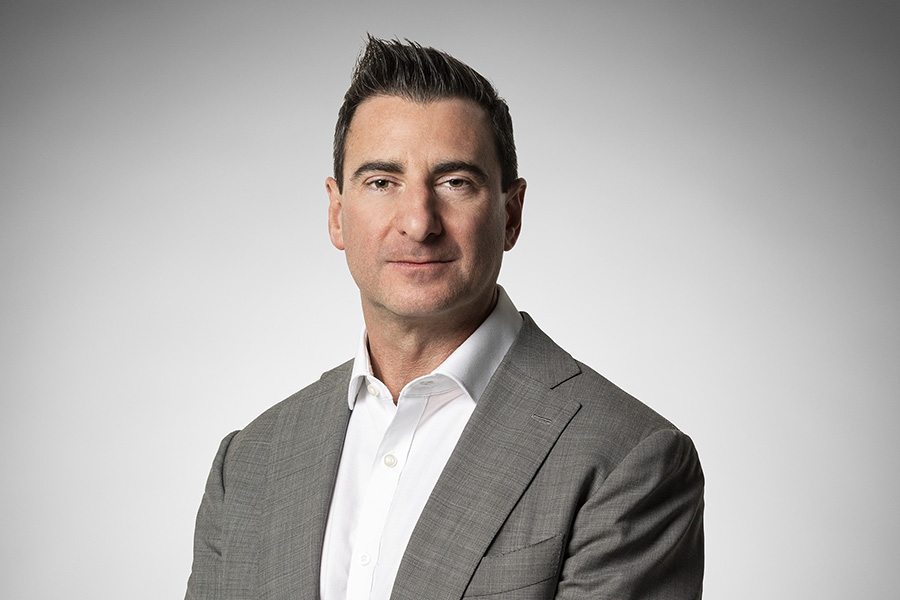This article by Sam Curry, Head of Portfolio, Retail – ISPT, forms part of SCN’s annual CEO Outlook feature published in Big Guns 2024. Premium members can view the full digital magazine here.
As I look back on 2023, it has been pleasing to see and hear the many positive stories and outcomes across the retail landscape despite the various headwinds faced around cost-of-living pressures, cash rate increases and cost of debt, which are impacting all asset classes.
Despite the challenges presented by the macro environment, the retail sector remained quite resilient – although not immune – to market forces. Retail spending remained strong across our non-discretionary, sub-regional and neighbourhood portfolio, with an annual growth rate of nearly 8% across the board. Foot traffic across our 50 managed assets increased by 9.5% compared to 2022, with approximately 130 million customers coming through the doors last year.
For me, this reinforces the importance of high-quality retail centres for local communities – during challenging times people still value genuine social connection, and retail centres provide a community hub to enable these connections.
Sustainability and community partnerships
Sustainability is also a key consideration for communities that utilise our retail assets. More than 80% of ISPT’s retail assets are now powered by renewable energy and this is a key strategic focus for us. Our recent partnership with ZEN Energy to power ten of our Queensland retail assets with 100% renewable energy from 2025 is a good example of our commitment to ESG excellence, and our progress towards our 2025 flag on the hill targets.
In FY23, ISPT remained active in community partnerships, supporting more than 700 communities through initiatives like Operation Backpack and Community Kickstart. These programs, held at various ISPT shopping centres nationwide, aim to address social issues and promote positive change. Additionally, we expanded our partnership with Youngster.co, a social enterprise program that addresses the critical societal issues of the widening intergenerational gap, loneliness among young and old, and the challenges posed by rapid technological advances, across seven shopping centres in our portfolio. The initiative contributed to a marked positive impact to youngster and seniors’ lives within our local communities.

The Strand Melbourne
Capital markets
Our active curation strategy – which resulted in the sale of 170 Queen Street in Brisbane, (the largest retail CBD transaction of 2023) and Camberwell Place in Victoria – has underpinned our belief that assets coming to market will likely have strong yields and secure long-term cash flows as listed funds look to sell, recapitalise, pay down debt, or fund development.
The interest in these assets is largely coming from local private investors who believe that we are close to the bottom of the cycle, with interest rates now stabilised. Most economists and banks expect the RBA’s hiking cycle to be near the peak, and rate cuts can potentially be expected towards the end of FY24. Markets are pricing in base rate cuts to 3.7% by the end of FY25, however, we expect the RBA will be very cautious in cutting rates given the inflationary challenges seen in the past 12 to 18 months.
Further yield expansion is expected in 2024, however at a slower pace as investor confidence gradually recovers. We anticipate yields to continue to soften across all asset classes with retail less affected as it adjusted to market conditions quicker than other sectors. For retail spend in 2024, we do expect a softening from the very strong CY23 and back half of CY22 and to normalise from CY25.
Our mainly non-discretionary sub-regional and neighbourhood portfolio is well-placed to absorb this softening, concentrating on everyday needs goods and services. This year we celebrated the tenth anniversary of the ISPT Retail Australia Property Trust (IRAPT) Fund. Focused on neighbourhood and community shopping centre space, the fund has delivered a total return of 8.3% since inception, close to 200 basis points above the MSCI wholesale index, demonstrating the ongoing demand for these types of assets.

World Square
Population growth
A key driver of retail performance is population growth. During 2022 and 2023, Australia experienced a notable rise in net overseas migration, particularly among temporary migrants. This boosted economic growth, increased demand for housing, and provided necessary labour supply.
Our CBD assets benefitted from the return of student populations, with foot traffic up by 7% in the past six months to December 2023, leading to better leasing outcomes.
A standout retail asset for us last year was Waurn Ponds in Geelong. Benefitting from the area’s population growth over the past decade, the centre experienced a remarkable 13.7% sales growth in the last year alone. With occupancy at 99.5% and high demand from retailers for space, the centre’s specialty productivity exceeds $12,000 per square metre, which is well above Urbis averages.
Consumer confidence
Despite strong sales in CY2023, consumer confidence dropped by 1.3% month-on-month as of January 2024, reaching levels of pessimism not seen since the recession of the early 1990s. Household spending is facing tough conditions and is expected to grow below historical averages in FY24.
We expect people to be more budget-conscious in 2024 after years of strong spending. However, we remain confident in our portfolio of non-discretionary assets in areas with above-average household incomes during this period.
Consumer spending
In 2023, consumer demand was strong for food retailing (growing by 3.3% year-on-year) including supermarkets, and was even stronger for cafes, restaurants and takeaway (4.9%). These categories outperformed others like clothing (1.1%) and department stores (1.8%).
For 2024, we expect the food categories to continue to perform well as consumers utilise this category as a quasi-entertainment and experience category, and direct more money into these areas and away from general retailing in the discretionary areas. A stabilising of interest rates will no doubt assist the discretionary categories through 2024 and we will see improvement in these areas towards the back end of 2024 and into 2025.
For ISPT, we continue to be well-placed in the food retailing category, with more than 70 supermarkets servicing this non-discretionary daily needs consumer segment.
Looking ahead to 2024
Population growth remains a key factor in 2024, although recent economic uncertainties have affected consumer sentiment and spend. We believe our non-discretionary assets will offset this, with food retailing in particular set to remain strong.
Looking ahead, ISPT’s focus is on strengthening retailer partnerships, enhancing our properties, and prioritising sustainability. We’re optimistic for the year ahead as we navigate an ever-changing landscape, and we will continue to curate our portfolio through strategic divestment and acquisition and capitalise on any development opportunities across our large land bank of assets.






















